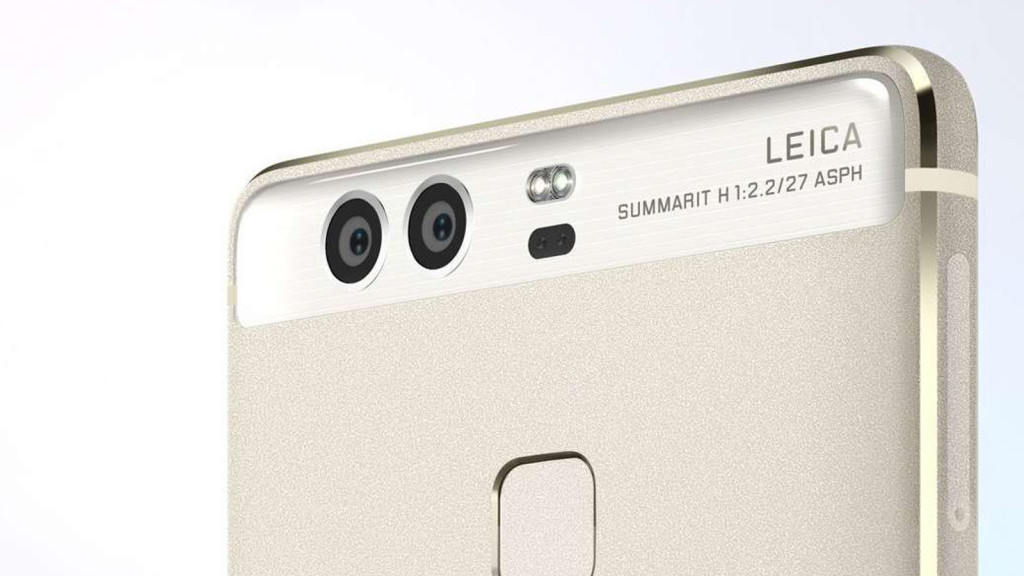South Africa’s mobile networks are once again setting the pace for the continent. New performance data from Ookla shows MTN and Vodacom dominating mobile…
So, what else can you do with a dual-camera smartphone?

Both LG and Huawei have revealed high-end dual-camera smartphones recently, upping the photography stakes in a big way.
“Is it a simple case of two is better than one?” the casual observer might ask. We give you a few reasons why dual-camera phones are worth considering.
All your photos can be refocused after the fact
HTC showed this feature off in a big way with 2014’s One M8, revealing a phone with an added depth sensor. So not quite two cameras but more than close enough.
Almost every photo taken with the One M8 could be refocused after it was snapped – no need for a dedicated refocus mode. The only downside was that the feature didn’t work too well in low light.
Huawei and the new P9 phones are incorporating this feature as well thanks to their dual cameras (allowing the phone to sense depth), but here’s hoping it works as well as HTC’s efforts. Unfortunately, LG’s phone doesn’t offer these sort of features.
Better night-time snaps
Huawei’s old Honor 6 Plus touted better low-light performance, as its two 8MP main cameras ostensibly compared noise data and had more light to work with. Huawei stepped this up in a big way with the P9 devices.
Instead of having two regular cameras on the back, Huawei opted for one 12MP camera with a white filter and one with a regular RGB filter. According to the company, the white filter lets in exponentially more light than the camera with a normal filter. When the two results are combined, you should have brighter shots at the bar. It all sounds pretty solid, but we’ll want to see the results for ourselves.
3D effects and scanning
HTC also delivered 3D effects as part of the One M8, with a parallax-style effect on all your photos. In other words, if you tilt the phone, the scene moves a little as well.
3D effects might not be completely gimmicky either, as we’ve seen Google’s Project Tango devices in action, which allows users to scan rooms and buildings with a dual-camera setup and a few more sensors.
Lossless zoom is feasible
Digital zoom is generally terrible, while optical zoom requires some heavy-duty optics to work. The alternative is to pack a super high resolution sensor and oversampling like Microsoft/Sony – or you can use two cameras.
That’s a feature touted by a couple of companies, including CorePhototonics at MWC 2016, which uses a camera with a wide-angled lens and another with a telephoto lens to achieve superior results over digital zoom.
In fact, Apple patented an application of this technology back in 2015, which leads you to wonder what the iPhone 7 or beyond will be packing.
A normal shot and a wide shot
This is the feature LG has been harping on about, as its two cameras operate pretty independently of one another.
The G5 features a 16-megapixel camera with a normal-sized lens, as well as an 8MP camera with a wide-angled lens. The difference can be pretty remarkable in some situations, as Andy Walker found out, but it’s worth noting that the wide-angle shot doesn’t have as much detail (it’s a lower resolution camera, after all) and the image has some fisheye-style warping.
Intriguingly, you can also switch between the cameras on the fly when filming a video, making for a rather interesting and understated feature.

